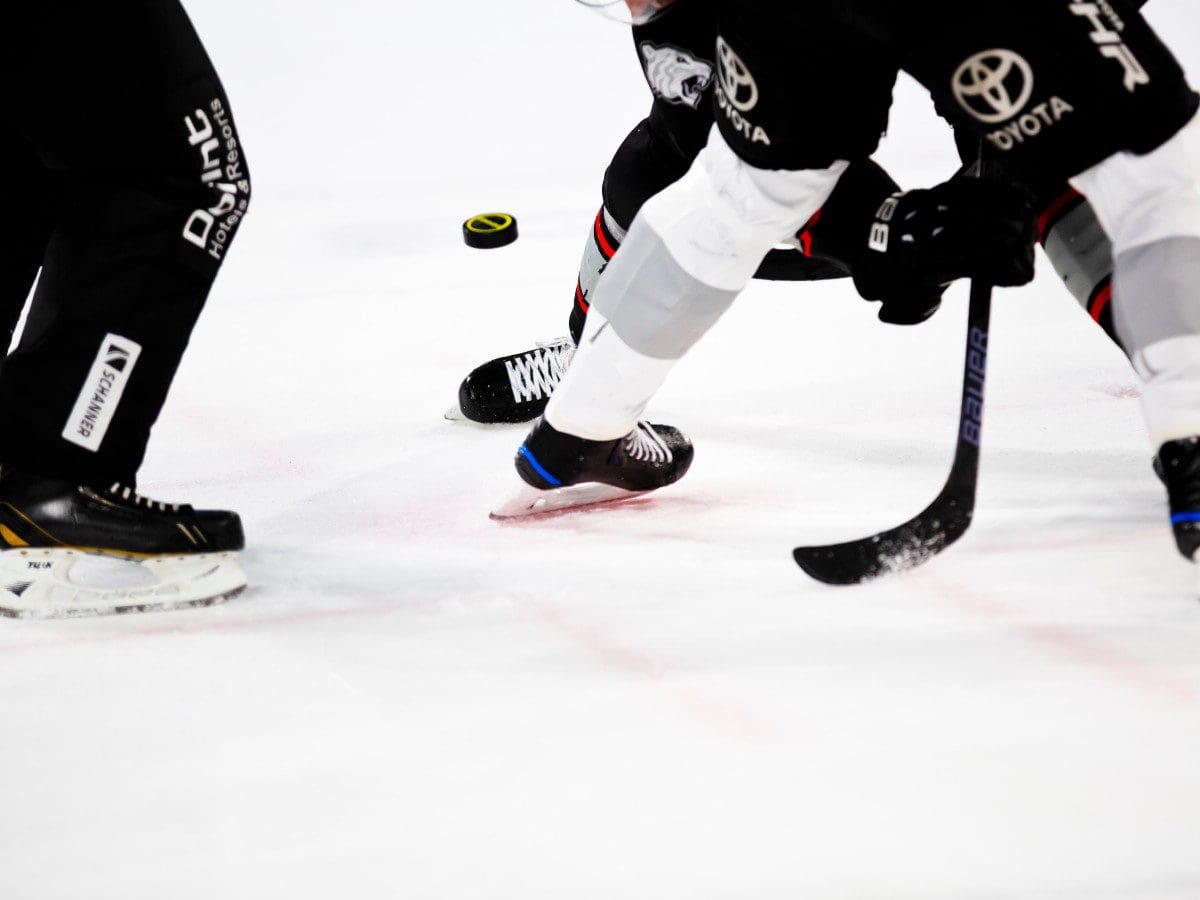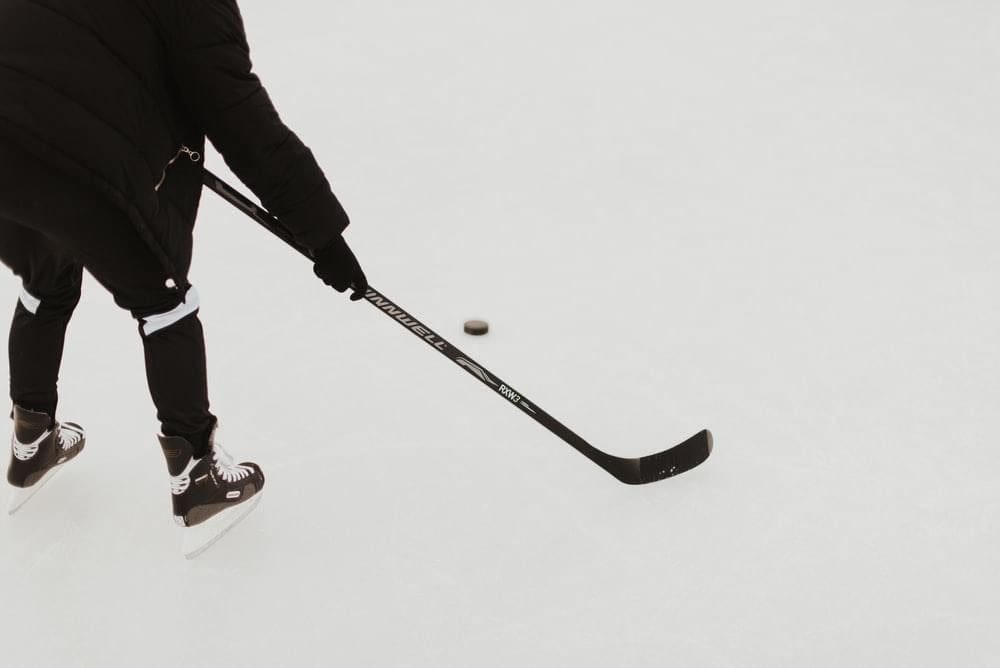
Introduction
Nearly every hockey player wants to be the best they can on the ice. There are different ways of achieving this. Skating speed is important, as well as other factors like strength, coordination, and flexibility.
Hockey is a demanding, fast-paced, and physical game. Players risk getting injured at any time during a game. It’s like gambling at 22bet; there’s a degree of risk involved. Jacek Michalski is an expert on hockey and has compiled a guide to up your game.
In this guide, we’ll take a look at important elements of an off ice hockey training program, share a few exercise drills for when you’re grounded, and discuss how to prevent injuries.
Essential Elements Of Training Off Ice
Players don’t always have access to an ice-rink. This means that one of the best ways to stay in shape for the season is to practice some hockey exercises off the ice. We’ve listed some important factors in hockey training that players should focus on to dominate the ice.
Strength
Building up strength is important for almost any sport. The best way to work on strength is by lifting weights and other resistance exercises. Exercise ball routines can help but shouldn’t be a primary focus .
Speed
Scientists have proven that there’s a strong link between skating speed and your running speed. Sprinting when you’re not on the ice can help build your athleticism. We’ll look at some hockey exercises off ice later.
Coordination
Coordination is another important component of hockey, and working on it can give you an edge over your competitors. Performing multiple actions at the same time challenges and improves your hand-eye coordination.
Flexibility
Being flexible means you’ll be able to act with a fuller motion range and perform actions more naturally. Pre-training and post-training warmup exercises can help increase your flexibility.
Cardiovascular Fitness
Cardiovascular training forms part of many off ice hockey training programs. You can try running up hills or the stands at the ice rink, or a metabolic approach of short dashes. Give yourself a 30 to 40-second break after each sprint.
Essential Speed Drills
Skating speed is of paramount importance in hockey. For this reason, we’ve compiled a list of hockey workouts for speed.
The Fire Hydrant
- Get down on all fours
- Lift your knee up to 90 degrees and count for two seconds
- Return to the starting position
- Repeat three sets of eight reps
The Goblet Squat
- Stand with legs shoulder-width distance apart, holding a dumbbell
- Make sure the dumbbell faces up and not sideways, and grasp the top of it
- Keep the dumbbell up against your chest, stomach and sternum and squat down for four seconds
- Stand by extending your hips and straightening your knees
- Repeat three sets of five to eight reps
The Wall Drill
- Stand three to four feet from a wall, facing it
- Lean your hands against the wall, so your body is at 45 degrees, keeping your arms as straight as possible
- Bring your knee up until your thigh parallels with the floor
- Repeat with the other leg
- Do four sets of five reps with each leg
Preventing Injuries In Hockey
Conditioning the body with the right training program can help in preventing injuries, especially in younger or less experienced players. Here are some tips to decrease your risk of getting injured.
- Stretch before physical activities
- Stretch your inner thighs, hips, and lower back
- Always wear the correct gear
- Follow the rules of hockey
- Train off-season to maintain your strength and coordination
- Practice healthy nutrition and stay hydrated for better performance
Conclusion
It all comes down to a combination of different factors to dominate the ice, but the tips we’ve given you can help you get there. Remember to always exercise safely and to keep yourself hydrated whenever you perform physical activities.
We hope you enjoyed this guide and the information shared, and hope you’ll find the tips and advice useful.






